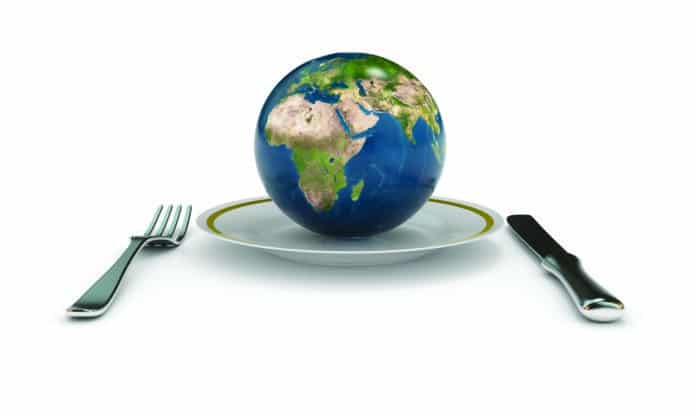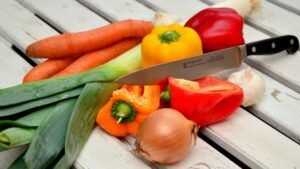Last year, the United Nations (UN) held the first-ever UN Food Systems Summit on Sept. 23, the culmination of a yearlong international dialogue. With the goal of opening a discussion about changing the globe’s food systems, the UN called it a “historic opportunity” to drive the global recovery from COVID-19 and get everyone back on track to achieving the Sustainable Development Goals (SDGs) by 2030.
The Summit brought together all UN member states and constituencies around the world, but it didn’t just stop there. Associations and non-governmental organizations (NGOs) across agriculture joined the table as well, including the International Seed Federation (ISF), to look at how agriculture could better work together to provide more solutions.
With seed being the start of all crops, it was only natural to see how seed fit into food systems.
“The Food Systems Summit was supposed to be an accelerator for achieving the SDGs linked to food and agriculture,” says Marco van Leeuwen, managing director of Rijk Zwaan and vice president of ISF. “The seed sector was lucky to get the possibility to be involved in the discussions, and there were several pathways that allowed us to give input on developments from the seed sector perspective.”
Before this, van Leeuwen says the industry had few opportunities to connect on such a high level.
“The industry had never been really visible in previous initiatives,” he says. “But, for the first time, we got the podium to contribute. And, in almost every meeting, we emphasized that whatever you think, everything starts with a seed. On top of this, we underlined the crucial role farmers play.”
Vegetables Find Their Place
Since the Summit, work hasn’t stopped on the food systems front. Continuously finding ways to improve and change is top-of-mind for ISF.
“We have enormous challenges,” says Vicente Navarro, senior vice president of BASF’s vegetable seed business and vice-chair of ISF’s value chain coordination group. “We have to produce more with less to feed 10 billion people by 2050, with less water, with declining soils, with biodiversity challenges and with climate change.”
Because of that, Navarro says seeds are more important than ever.
“Without seeds, there’s no harvest,” he says. “That makes us a critical partner in the mission to provide food and to achieve food security and nutrition for everyone.”
Within the seed sector, one of the biggest industries engaging in discussion and change with food systems is the vegetable industry.
“The vegetable seed sector provides nutrition and healthy and enjoyable food to society,” Navarro says. “It’s really an aspect that we shouldn’t forget.”
Since the Summit, the vegetable seed sector has been put to work. One thing Navarro says that can always help is being reminded of the role and purpose to society beyond the financial aspect of a private company.
“Vegetables will probably not feed the entire population of the world,” he says. “But for sure, they have an important role in achieving food security and improving nutrition of people. Nutrition isn’t at the level it should be, though.”
The difficulty comes from the misconception of only the developing countries needing better nutrition.
According to the World Health Organization, one in three people are suffering from malnutrition — but that number isn’t just about not getting enough to eat. Sometimes, malnutrition develops from eating the wrong kinds of calories or eating too much.
“Millions of people don’t get enough proper nutrition,” says Navarro. “Obesity is becoming one of the biggest diseases to affect the planet. Vegetables go beyond what we usually consider food security. It’s also about nutrition security.”
Coming up with new innovations is imperative to this endeavor — including innovations that ensure vegetables arrive to consumers across the globe in their best state.
“We can innovate a lot in terms of producing varieties that reduce the losses across the value chain,” he says.
While the vegetable sector is eager and open to creating new innovations to open the doors to improve the food system, it now falls to having a “license to operate” within society. Learning how to obtain that license to operate, though, is a different story.
Related Articles:
https://european-seed.com/2022/05/implement-a-systems-approach-to-move-seed/
https://european-seed.com/2022/05/isf-how-to-future-proof-plant-breeding-regulations/
https://european-seed.com/2022/05/for-food-systems-gaining-trust-is-step-no-1/













